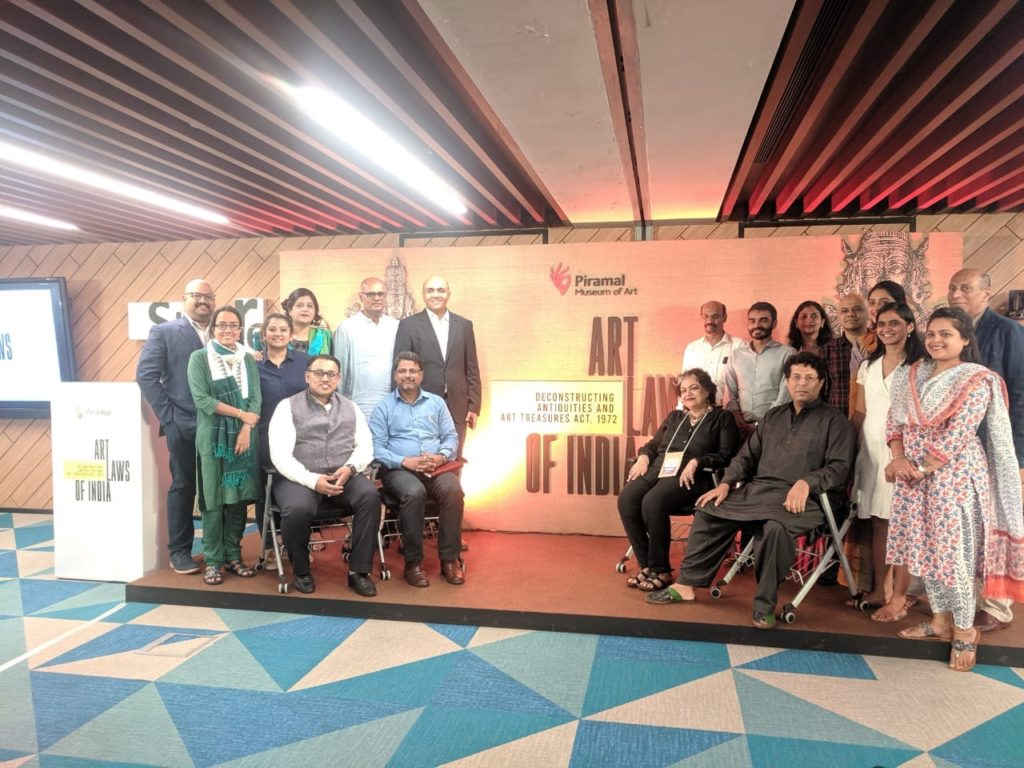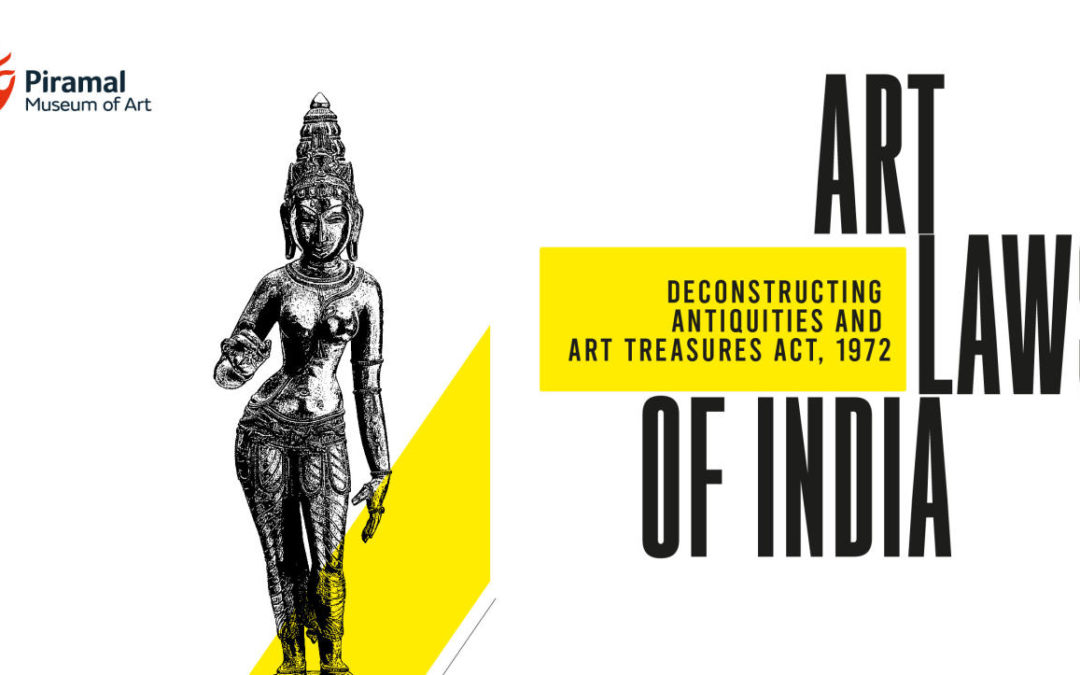
Source: Piramal Museum of Art (@PiramalMuseum)
Recent years have seen an intensification of the debates surrounding not only the issue of repatriation of culturally significant objectsbut also their custodianship. It seems as though a sharp divide has emerged between those that seek to wrest control over antiquities from what is perceived to be a slovenly state apparatus—the Archaeological Survey of India—and those that seek to enhance the public and the State’s involvement in their conservation.
That such sharp views exist is testament to the fact that the Indian polity has matured to a certain degree: enough to appreciate the innate virtuousness of protecting our heritage. It is a collective maturity that has been in the offing for some time, and fortunately, we are witnessing what might be a turning point in the research, regulation, and commerce of antiquities. The last two decades have been witness to inconceivable developments in the field. There has been an unprecedented rise in the number of antiquity repatriations to Indiacoupled with a staggering incline in the volume of collections privately held within our borders. All this translates to a burgeoning public discourse, eventually leadingto new policy. Thisneeds to be informed by dialogue, and an effective platform for such dialogue.
Also Read: Building New Audiences in an Asian Museum
One such platform emerged last month, in the form of a conference organised by the Piramal Museum of Art, titled “Art Laws of India”. A group of motley specialists ranging from art historians to field archaeologists, legal professionals to collectors had assembled in Mumbai to “explore how museums, royal families, private collections, and temple collection trustees navigate the Antiquities and Art Treasures Act, 1972.” The agenda of the conference was limited, and credit goes to the organizers for making no bones about it. The tone of a majority of the panels was in coherence with this agenda, and for better or worse, the conference did pivot itself around the private ownership of cultural propertyanddare I say, to the exclusion of public ownership. Woven inextricably into this subject is the de-regulation (or hyper-regulation) of the art and antiquities market, and its attendant legal dilemmas. These discussions have, for too long now, been held in an insular way. Seldom can those whoenforce and inform the State’s interest freely speak with other stakeholders,be itarchivists, academics, art patrons or even activists. This conference gave, in some degree, vent to the frustration causedby suchcloistered conversations.
Chief amongst the polarising views expressed at the event was that of doing away with the registration of antiquities entirely, invokingthe rightfully oft-cited arguments of governmental inefficiency and ineptness. Attached to this was the view that the ASI’s role should be scaled down, allowing more private interests to take care and custodianship of artefacts that the ASI was seemingly unable to. These are valid views, and those looking to substantiate them will find adequate empirical evidence to buttress their case. They do not, in my opinion, take into account the grander question of bringing up heritage appreciation and conservation as a priority for the public at large. They leave out, in some respects, those that private museums or collections may not ever reach.
We let go of some nuance when we think only in terms of “What is the most effective policy?” or “Who is best placed to advance this cause?”, because as with so many other important matters, there is seldom aclear or direct answer. A telling and poignant example of this came through unsuspectingly at the event, through a talk given by Pradeep Chakravarthy. A Chennai-based cultural historian who is deeply (and palpably) passionate about Tamil religious iconography, ritual, and culture, Chakravarthy also conducts heritage tours, which include walks through temples. During his address, he disarmingly admitted that he could not reconcile that part of himself which wanted others to experience the splendor of heritage sites in all their glory with the part that resented the state of disrepair so many sites were in. The tension, therefore, arose between wanting to protect and preserve an idol (in a personal, private capacity), and ensuring public engagement. It is this tension that we still have to negotiate, and it is good that more of us are finally waking up to it. The hope now is that the coming years will see more voices being heard in this arena, and that these voices will examine our laws and policies that desperately need an overhaul.

ReReeti works with museums, galleries and heritage sites across India to plan strategies, design systems and implement programmes to increase audience engagement and institutional/ company visibility. Email us at info@rereeti.org for a free consultation or to collaborate on an upcoming exhibition.








Recent Comments